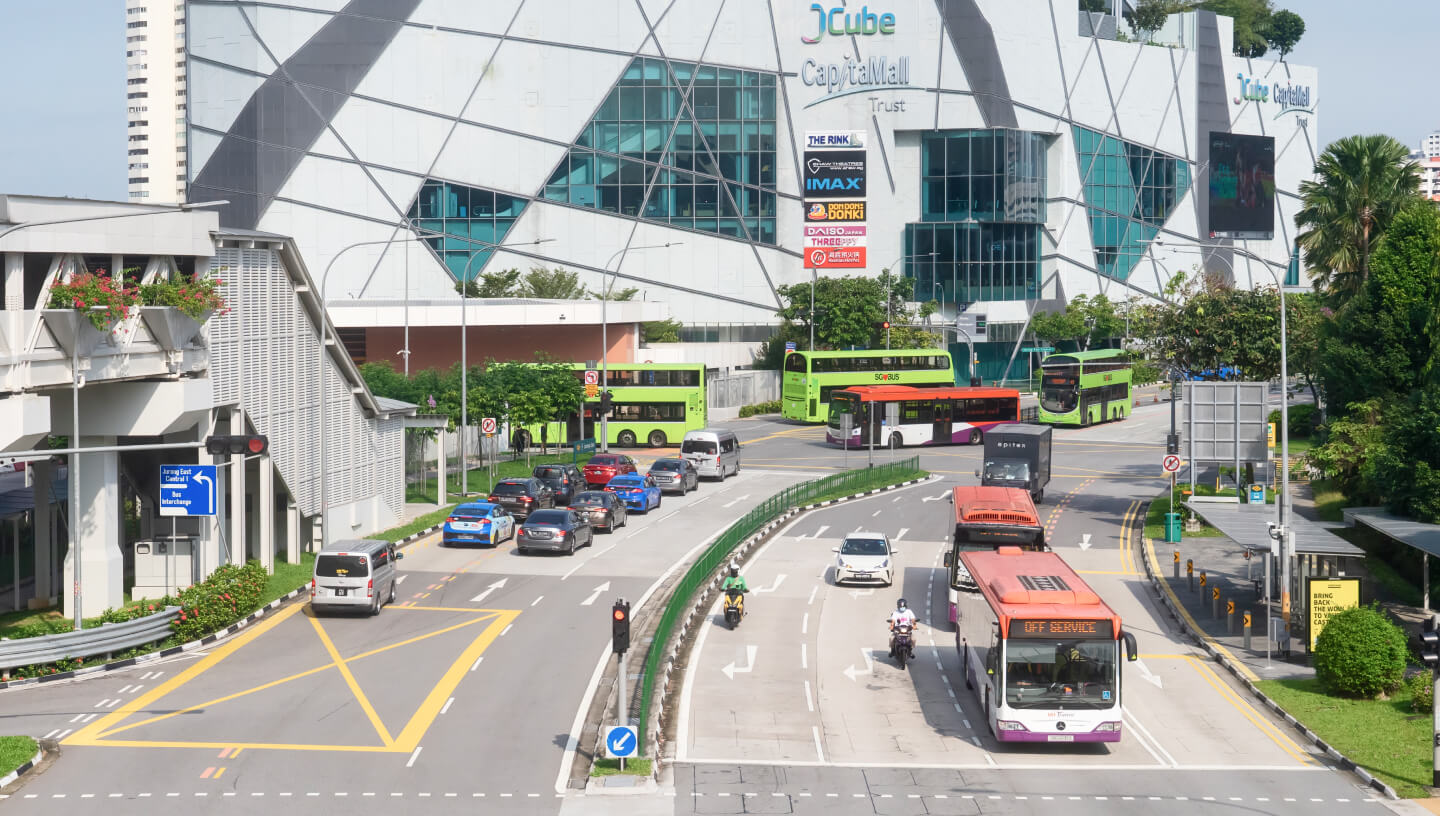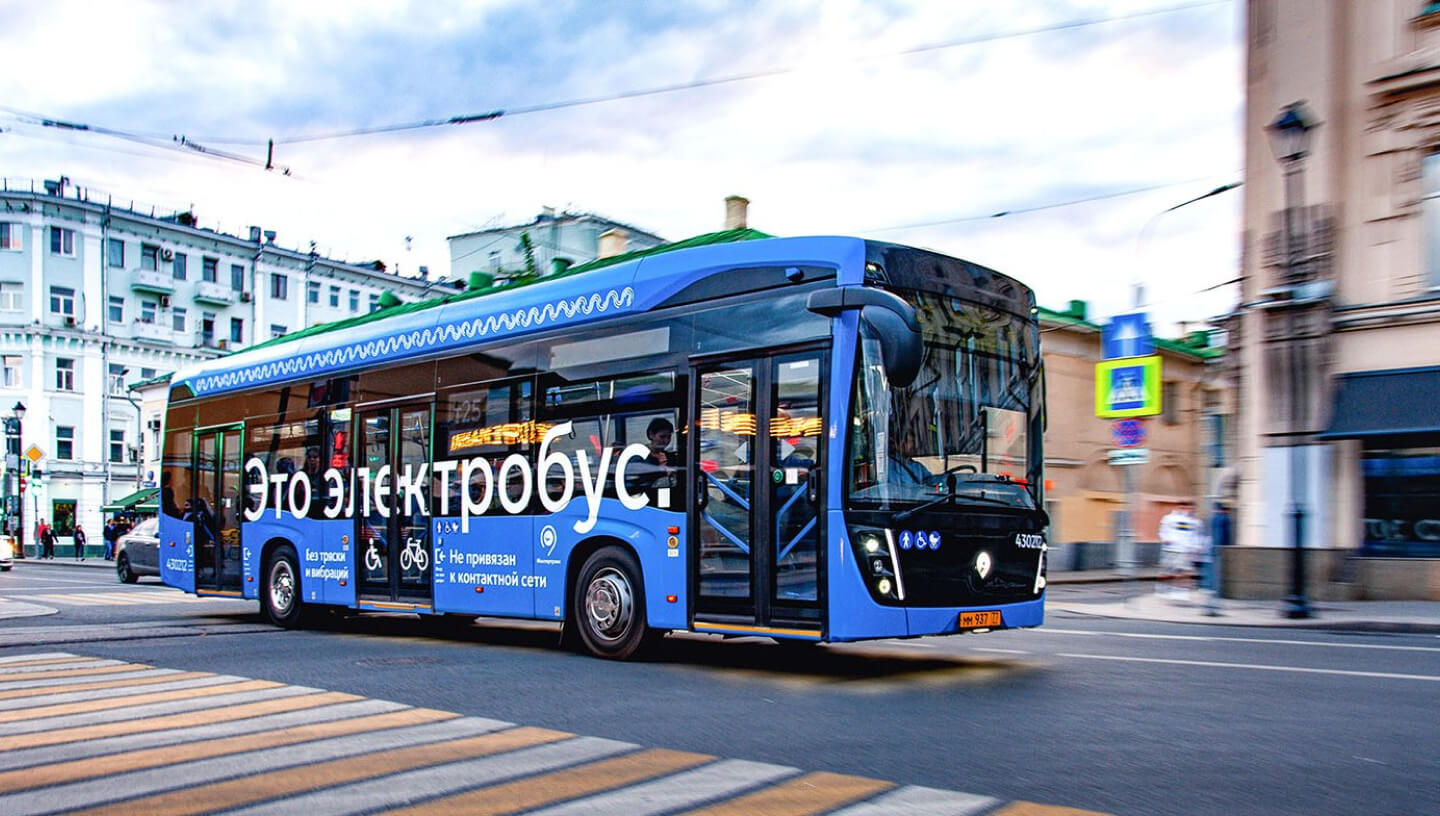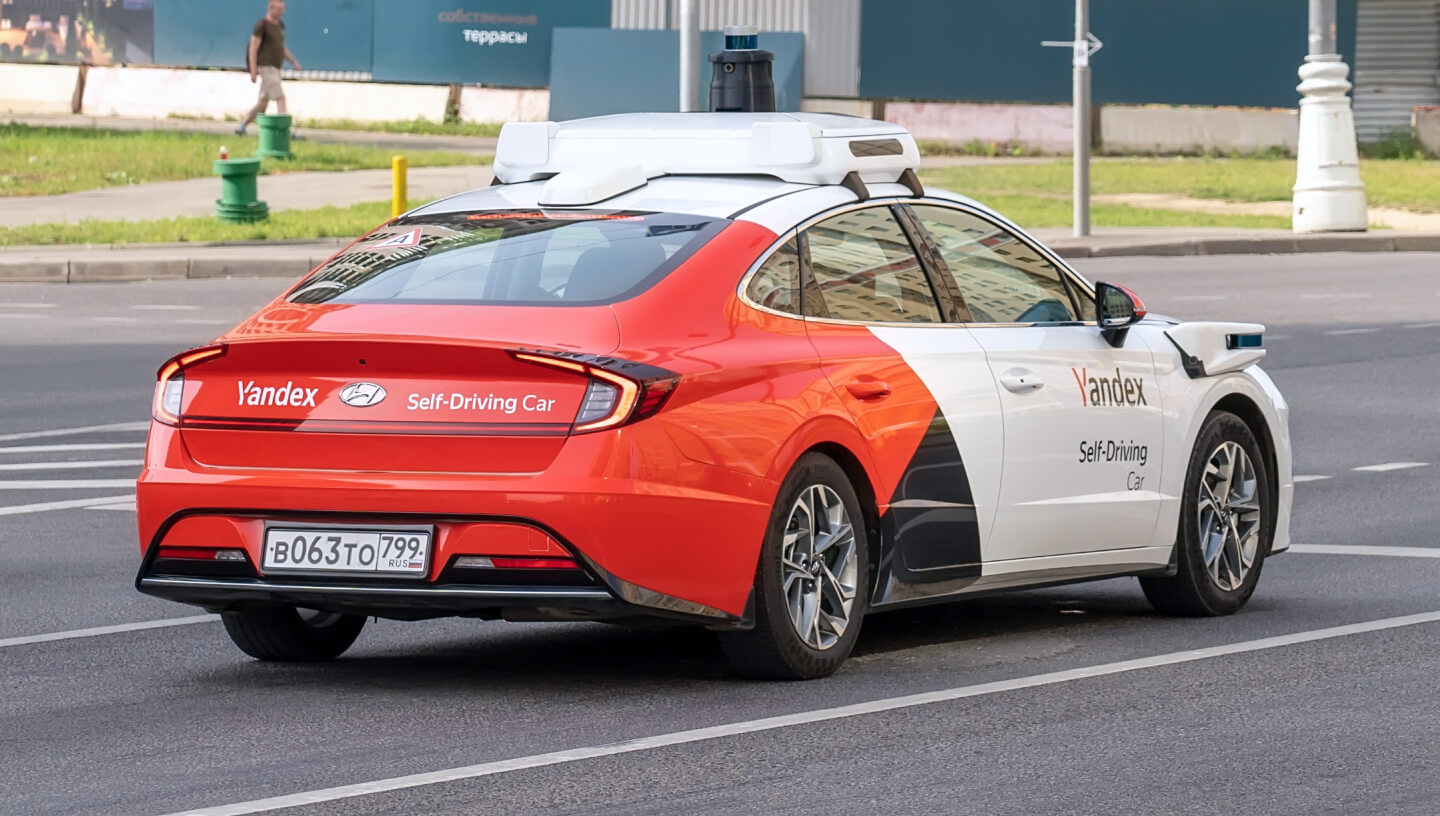Transport is a key element of a megacity’s infrastructure and travel comfort is an important indicator of quality of life. As urban population increases, so does the burden on the transport system. To ensure that the megacity does not stand in endless traffic jams and suffocate from exhaust fumes, the transport system is constantly evolving to become more accessible, environmentally friendly, and efficient. We tell you how it’s happening and what the future holds.
How the quality of the transport system is assessed
Experts from the international consultancy McKinsey analysed the transport infrastructure of megacities according to the following criteria:
- accessibility — quality of pavement, proximity of stops to residences, number of public transport services and fares, cyclist friendliness;
- sustainability of the transport system — environmentally friendly fuels, shorter route lengths, etc;
- convenience — degree of wear and tear of public transport, possibility to track its movement online, availability of connectors for charging gadgets, Wi-Fi;
- efficiency — the time it takes city residents to get where they need to go;
- safety — statistics on accidents and the number of fatalities.
The top three megacities with the best transport system are Singapore, Beijing and Moscow. At the same time, the Russian capital has every chance to become a world leader soon. For that, according to McKinsey experts, it is necessary to improve infrastructure for bicycles, to strengthen control over speed limits and to improve the work of the mobile application “Moscow transport”.
 Photo by: kokkai / iStock
Photo by: kokkai / iStock
Transport connectivity in megacities
Many inhabitants of megacities travel regularly from one area to another: to study, to work, to walk, and so on. For the comfort of all these trips, it is important that the districts are connected to each other by a single transport network. The Moscow transport network is one of the longest: the length of the underground in the capital exceeds 482.5 kilometres. Only major Chinese cities — Shanghai, Beijing, Guangzhou and Chengdu — have more. In addition, the transport network is notable for its accessibility. For example, in Los Angeles and Jakarta, the railways are not adapted to trips of less than half an hour, and the metro is shorter even taking into account the difference in size of the cities. In Los Angeles, the underground is 170 kilometres long and in Jakarta it is 20 kilometres.
The second most popular form of public transport in Moscow is the bus. On the way, it is nice to admire the views of the city, and you can transfer to the underground for free if no more than 90 minutes have passed after paying the fare. Soon, travel will become even more comfortable: by the beginning of 2024, eight major transport hubs will be renovated in the capital and two more will be built. Transport hubs are modern complexes where you can transfer from one mode of transport to another. They will be equipped with car parking, which will make it possible to find a compromise: get to the transport hub in comfort, and then finish the trip by bus or metro, so as not to stand in traffic jams.
 Photo by: Wikimedia Commons
Photo by: Wikimedia Commons
Why petrol is a thing of the past
A major aim of modernising the transport system of all the world’s megacities is to move away from vehicles with internal combustion engines. Such vehicles are responsible for about 16% of the greenhouse gas emissions that accelerate global warming. And their emissions also contain toxic compounds that increase the risk of respiratory and nervous system diseases.
In addition, around 40 per cent of the world’s oil production is used to fuel cars. The oil is not endless, and it is time to find a more useful use for it. A greener alternative is electric vehicles. The carbon footprint of electric cars is at least 37% lower than that of internal combustion engine vehicles, and if charged with renewable energy, it can reach 82%.
Another argument in favour of electric cars is that they are quiet. Researchers at the London School of Hygiene & Tropical Medicine have found that the rumble of cars outside increases stress levels and blood pressure, and causes insomnia. What’s more, people living near busy motorways are 5% more likely to be admitted to hospital with a stroke.
Experts of consulting company PetroMarket believe that from 2030, the Russian fleet of electric cars will begin to grow rapidly, and by 2050, cars with internal combustion engines will practically cease to be on sale. The remaining cars will be fueled with next-generation biofuels that can completely replace gasoline and diesel.
 Photo by: Scharfsinn86 / iStock
Photo by: Scharfsinn86 / iStock
Hydrogen cars — a future without exhaust fumes
Hydrogen cars are considered to be the most promising “transport of the future” and a competitor to electric cars. They don’t get their electricity from a socket, but from a chemical reaction with hydrogen that takes place inside fuel cell cells. A hydrogen battery has 10 times the capacity of a lithium-ion battery. A cylinder filled with 5 kilograms of hydrogen is enough to cover a distance of up to 500 kilometres, and the vehicle’s exhaust is water vapour without harmful impurities.
Pierre-Etienne Franck, Vice President for Hydrogen Energy at French company Air Liquide, which specializes in production of technical gases, noted that hydrogen fuel is no longer an innovation. All you need to produce it is to increase production capacity and create a network of “green” fuel stations. Hydrogen can be used to fuel all types of transport, including public transport. For example, some European cities, including Rotterdam, Oslo and Aargau, already have hydrogen buses.
Russia is also actively developing hydrogen power generation: Sakhalin plans to produce this fuel from methane and natural gas or by electrolysis. According to Anton Moskvin, Vice President of Marketing and Business Development at Rusatom Overseas, the technical capabilities of the company are designed for both options. And by 2024, Russian Railways, together with Rosatom Corporation and Transmashholding, will organize the launch of seven hydrogen trains.
 Photo by: sommersby / iStock
Photo by: sommersby / iStock
When will unmanned cars become commonplace
According to Russian Deputy Prime Minister Dmitry Chernyshenko, Russia is one of the top three leaders in unmanned transport technologies, on a par with the US and China. Such cars are safe; moreover, they can reduce the number of accidents caused by human error (for example, when the driver is distracted, speeding or falling asleep at the wheel) to a minimum. And unmanned vehicles are also ideal for people who do not want or cannot obtain a driver’s licence, but who need a private car.
On 9 March 2022, the Russian government signed a decree approving the EPR digital innovation programme for the operation of highly automated vehicles, thereby authorising Yandex to conduct an experiment to launch an unmanned taxi in Moscow, in the Yasenevo district.
In the first phase of the test, driverless cars will be driven in some selected locations. The “smart” taxi will be able to be hailed by Muscovites who have already sent a request to take part in its testing. Yulia Schweiko, a representative of Yandex, told that the company had received more than 10,000 applications. After the experiment is completed, the service is planned to be available to everyone: according to Dmitry Chernyshenko, unmanned cars could become an integral part of the city’s infrastructure as early as 2025.
Underground tunnels — the transport system of the future
Every resident of a megalopolis has at least once dreamed of a road that allows you to drive through the city at top speed without wasting time on traffic jams, traffic lights and pedestrian crossings. It seems like something that would only be possible in a science fiction movie. But one of today’s inventors has decided to bring the idea to life.
Elon Musk has engaged in the development of a network of underground tunnels through which the Tesla will be able to travel. To use the alternative road, an electric car must drive onto a metal platform. The platform then descends underground and travels along the line, which later connects to the main route. A similar principle is used when trains run on the railway. Once the car reaches its destination, it climbs onto the platform, with which it rises out of the tunnel. The system runs on electricity and, according to the developers, does not cause any discomfort to people living nearby.
The transport tunnels built under Las Vegas have already gone into operation. True, there are only two, each 1.2 kilometres long. But this is just the beginning: talks are underway with the mayor of Miami to drill a two-mile (3.2 kilometre) underground tunnel. This project could solve the traffic congestion problem and become an example for the rest of the world. And the company also plans to develop a design of closed modules that will transport people. It will make it possible to get to any part of the city faster than by metro.
Author: Vera Zhikhareva
Cover photo: OlgaKorica / iStock








Comments